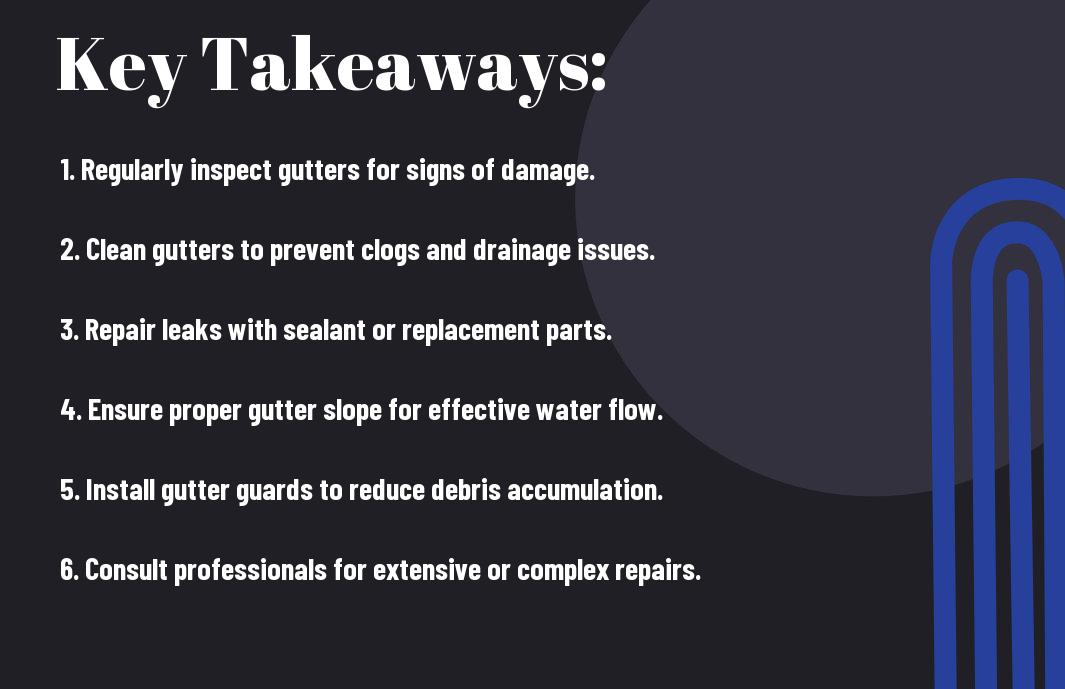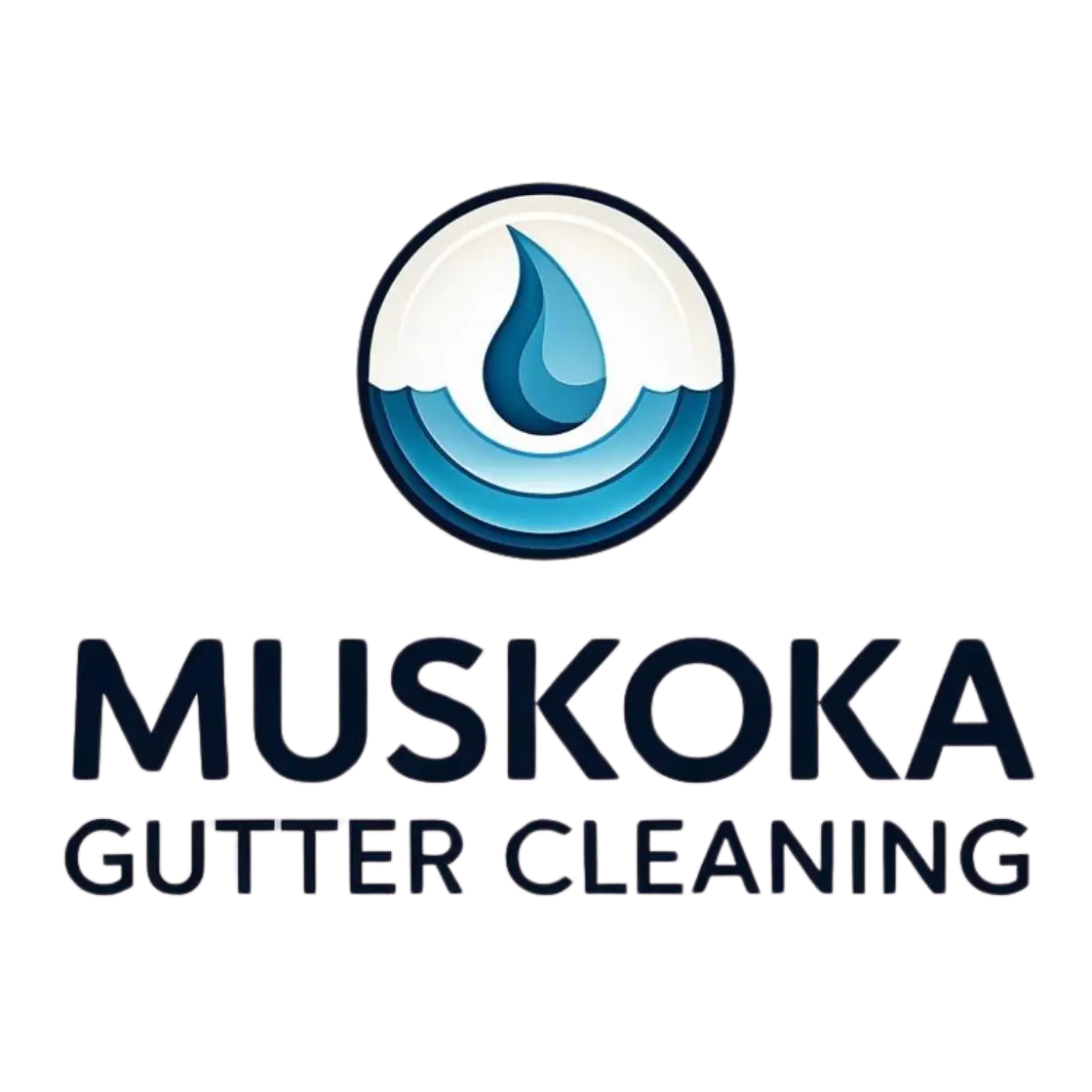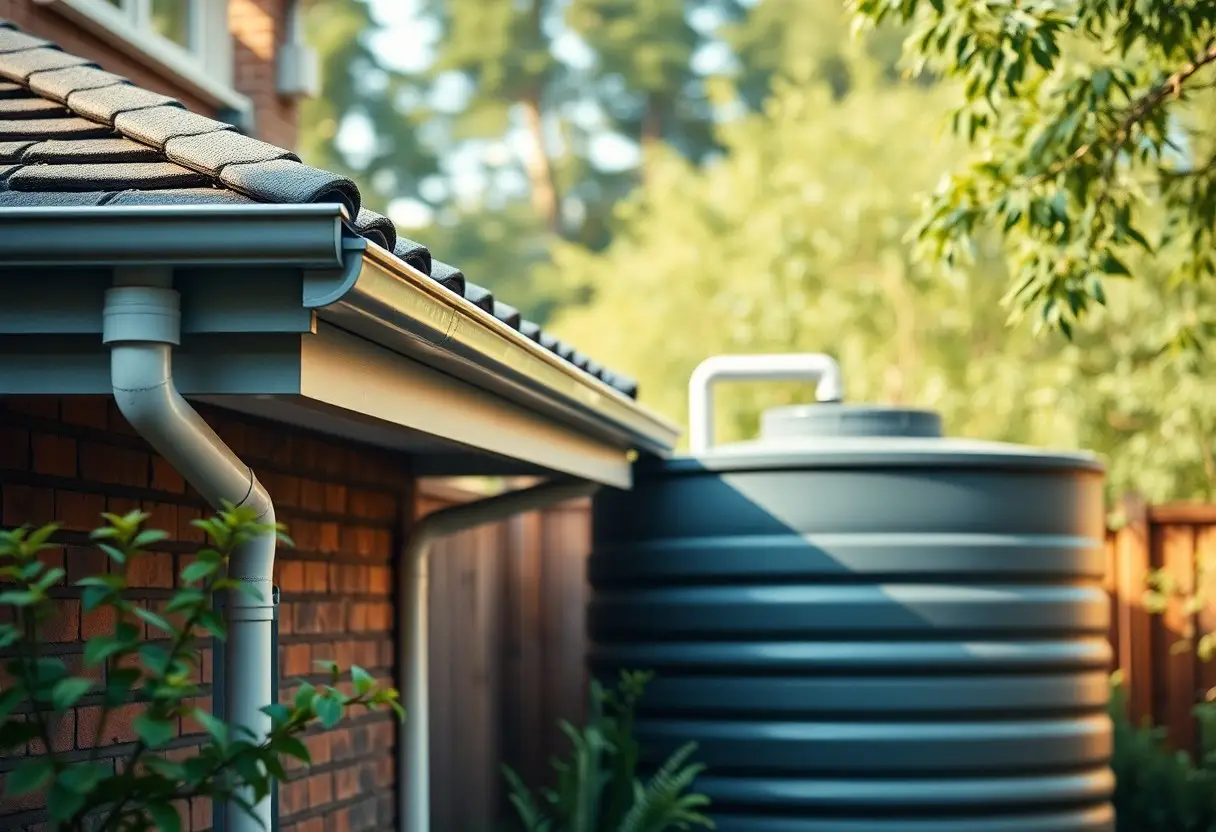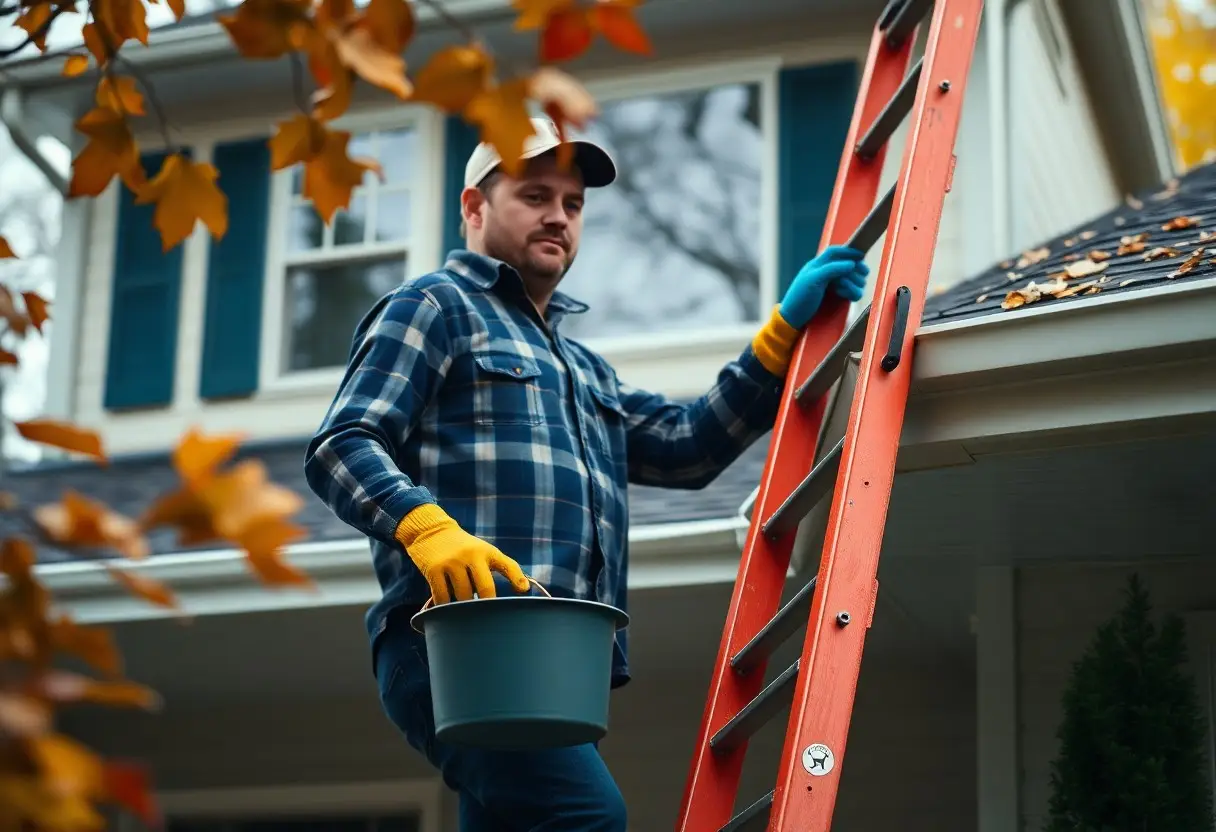Just as your roof protects your home, your gutters play a vital role in diverting water away from your foundation. Understanding the most effective gutter repair solutions can save you from extensive damage and costly repairs down the line. In this post, you will learn about five necessary methods to address common gutter problems and ensure that your system functions optimally. By investing a little effort and knowledge now, you can protect your home and enhance its value for the future.
Key Takeaways:
- Regular maintenance is vital to prevent clogging and damage; clean gutters at least twice a year.
- Understanding the types of gutter repairs, such as patching leaks or replacing sections, can save time and money.
- Investing in quality materials and tools will enhance the durability of your gutters and reduce the frequency of repairs.

Understanding Gutter Damage
Before you can effectively address any gutter issues, it’s crucial to understand how damage occurs and its potential consequences. Your gutters play a vital role in protecting your home from water damage, but over time, they can become compromised due to various factors. By recognizing the signs of gutter damage early, you can prevent costly repairs and maintain your home’s integrity.
Common Signs of Gutter Issues
To identify gutter problems, look out for several tell-tale signs that indicate your gutters need repair. Early detection can save you from extensive damage and ensure your home stays protected. Here are some common signs:
- Water pooling around your foundation
- Peeling paint or mold near the gutters
- Cracks in your foundation walls
- Stains on exterior walls
- Overflowing gutters during rain
Types of Gutter Damage
At the core of gutter maintenance is recognizing the different types of damage that can occur. Understanding these variations allows you to respond adequately, whether it’s a minor fix or a major repair. Here are the primary types of gutter damage:
| Clogs | Blockages caused by leaves, dirt, and debris. |
| Leaks | Holes or cracks leading to water loss. |
| Rust | Corrosion affecting metal gutters over time. |
| Separation | Unsecured or misaligned joints in gutter systems. |
| Damaged brackets | Supports may weaken, causing sagging. |
Knowing the types of gutter damage helps you act swiftly before they escalate into serious problems.
Understanding the types of gutter damage is crucial for effective maintenance. Each category of damage can have specific implications for your home’s overall health. Regular inspections can prevent clogs, leaks, and other issues discussed above:
- Clogs need to be cleared regularly to avoid overflow.
- Leaks can often be sealed, but neglected ones may necessitate replacement.
- Rust indicates the need for potential replacement if severe.
- Separation may necessitate realignment of segments.
- Damaged brackets should be replaced to ensure proper gutter support.
Knowing the signs and types of gutter damage can help you protect your home efficiently.

Essential Tools for Gutter Repair
One of the most important aspects of performing gutter repairs effectively is having the right tools at your disposal. The proper tools can drastically improve your efficiency and ensure that the job is completed safely and correctly. Being prepared with the crucial equipment allows you to tackle any minor or significant issues with your gutters, offering peace of mind that your home will be well-protected from water damage.
Recommended Tools and Equipment
Below is a list of crucial tools you’ll need for gutter repair: a sturdy ladder for accessing hard-to-reach areas, a trowel for removing debris, a gutter scoop for efficient cleaning, silicone sealant or caulk for leak repairs, and safety gloves to protect your hands. Additionally, a level ensures that your gutters are properly aligned, while a measuring tape will help you cut and fit new sections as needed.
Safety Precautions
Around your home, safety should always be a top priority when performing gutter repairs. Proper handling of tools and equipment, as well as awareness of your surroundings, can help you avoid potential accidents.
It is crucial to use a stable ladder with a firm, level footing and never work alone when on a ladder. Always wear safety goggles to protect your eyes from debris and use heavy-duty gloves to prevent injuries from sharp edges. If you are at risk of falling, consider using a harness. Furthermore, take care to inspect your gutters for unstable areas before starting your repairs, as hidden damage could lead to serious accidents. By prioritizing safety, you can confidently approach your gutter repair work.
Step-by-Step Gutter Cleaning
Despite being a strenuous task, cleaning your gutters is an imperative maintenance job that every homeowner should undertake to prevent drainage issues and damage to your home. Follow these steps to ensure a thorough cleaning:
| Steps | Description |
|---|---|
| 1. Gather Supplies | Collect a ladder, gloves, a bucket, and a trowel for removal of debris. |
| 2. Safety First | Ensure your ladder is stable and positioned on level ground. |
| 3. Remove Debris | Carefully scoop out leaves and dirt from your gutters. |
| 4. Flush Gutters | Use a hose to flush out remaining small debris and check for clogs. |
| 5. Check Downspouts | Ensure downspouts are clear and water flows freely. |
Preparing for Cleaning
At the beginning of your gutter cleaning process, you’ll want to prepare adequately. Make sure you have all your tools at hand, including gloves to protect your hands from dirt and sharp objects, a sturdy ladder, and a bucket for debris collection. Don’t forget to wear safety glasses to shield your eyes from flying debris while you work.
Effective Cleaning Techniques
Any effective gutter cleaning process involves some tried and true techniques. Always begin at the downspout to ensure that larger debris is dislodged first. Using a trowel can help you scoop out larger accumulated debris such as leaves and twigs. Once you’ve removed this, flush the gutters with a hose to wash away any remaining dirt or small debris.
Effective cleaning also entails checking the downspouts for blockages; if you notice that water isn’t draining as it should, you may need to use a plumber’s snake or a similar tool to remove stubborn clogs. Take the opportunity to inspect the gutter system itself for any signs of wear and tear. Regular inspection allows you to catch possible repairs early, avoiding costly damage to your home.
Patching Holes and Leaks
Now that you’ve identified your gutter issues, tackling holes and leaks is an important step in maintaining your home’s exterior. Water damage can lead to serious problems, including mold and structural issues, so addressing these leaks promptly is crucial. By patching up these areas, you can extend the lifespan of your gutters and protect your home from costly repairs down the line.
Identifying Areas Needing Repair
Beside regular gutter maintenance, you should always keep an eye out for signs of damage. Look for water stains on your home’s siding or pooled water on the ground below your gutters. These indications signal that your gutters may not be directing water properly, often due to holes or leaks that need immediate attention.
Repair Materials and Methods
Identifying the right repair materials and methods is crucial for effective gutter maintenance. Common materials include roofing cement, silicone sealant, and specialized gutter patch kits that can help with small holes and cracks. You can also use metal flashing to reinforce weakened areas. For long-lasting fixes, ensure that your surfaces are clean and dry before applying any sealants.
Further, when selecting repair materials, prioritize options that are durable and weather-resistant to ensure they withstand the elements. For example, roofing cement is excellent for sealing larger holes, while silicone sealant works well for small leaks. Proper preparation before applying these materials, such as cleaning the area thoroughly to remove any debris, will enhance adhesion and effectiveness. Ultimately, by choosing the right materials and applying them correctly, you can significantly extend the life of your gutters and protect your home.
Replacing Sections of Gutters
Not all gutter issues require a full system replacement; sometimes, simply replacing a section is the best approach. This method can save you time and money while maintaining the integrity of your drainage system. If you notice localized damage or sections that are rusting or leaking, you may only need to replace those specific areas, rather than dealing with the hassle and expense of a complete overhaul.
When to Replace vs. Repair
One of the first considerations when assessing your gutters is whether to repair or replace. If you see small holes, minor rust spots, or few leaks, repairs can often suffice. However, if your gutters are sagging, have significant rust, or have substantial leaks throughout, replacement may be the more practical long-term solution.
How to Install New Gutter Sections
Sections of your gutter can be replaced using a few basic tools and materials. First, measure the section you need to replace, ensuring you choose material that matches your existing gutters for effective drainage. Next, remove the damaged section carefully and install the new piece using the appropriate fasteners. Make sure to seal any joints properly to avoid future leaks.
This process involves a few important steps. Begin by gathering your tools: a ladder, measuring tape, metal snips, and sealant. Carefully detach the damaged section using your metal snips or a screwdriver, taking care not to disturb the surrounding areas. Once you have measured and cut the new section to size, install it securely using gutter clips or screws, making sure all seams are sealed with quality caulk. Always prioritize safety by using a stable ladder and wearing protective gear while working at heights. With a little diligence, you’ll restore your gutters’ functionality and extend their lifespan.
What Are the Key Gutter Repair Solutions to Know Before Following the Ultimate Guide?
When tackling gutter issues, it’s essential to explore effective solutions. Key gutter repair solutions include cleaning, resealing joints, and replacing damaged sections. Gathering this knowledge lays the foundation for mastering gutter repair in seven simple steps, ensuring your home’s drainage system functions optimally and preventing costly water damage.
Downspout Maintenance and Repair
For effective gutter systems, downspouts play a vital role in directing rainwater away from your home’s foundation. Ensuring these components are functioning properly helps prevent water damage, soil erosion, and costly repairs. Regular maintenance is key to keeping your downspouts clear and effective.
Importance of Downspouts
Maintenance of downspouts is important to control water runoff. Clogged or damaged downspouts can lead to overflow, causing water to pool around your foundation, which may result in structural issues and mold growth. By keeping them in good condition, you protect your property from potential hazards.
Cleaning and Repairing Downspouts
Cleaning your downspouts involves removing debris such as leaves, twigs, and dirt that can create blockages. You can use a plumber’s snake or a high-pressure hose to clear stubborn obstructions. Regular checks will help identify any signs of wear or leaks early.
Repairing your downspouts requires attention to any damage or corrosion that may affect their function. If you notice rust or holes, consider using a sealant for small leaks or replacing the section entirely for major issues. It’s important to address repairs promptly to prevent further damage to your gutters and home foundation.
Conclusion
Upon reflecting on the five crucial gutter repair solutions every homeowner should know, it becomes evident that maintaining your gutters is key to preserving your home’s integrity. By understanding the importance of regular inspections, proper cleaning techniques, effective sealing methods, efficient downspout repairs, and the potential for professional help, you empower yourself to prevent costly water damage. Take these solutions to heart, and your gutters will effectively protect your home for years to come.
Q: What are the common signs indicating that my gutters need repair?
A: Homeowners should look for various signs that may indicate their gutters need repair. These include water pooling around the foundation of the house, visible cracks or breaks in the gutter system, sagging or detached gutters, leaks during rain, and rust or corrosion. Additionally, if you notice paint peeling or mold growth under the eaves, it could suggest that the gutters are not properly channeling water away from the home. Regular inspections, especially after heavy storms, can help catch these signs early.
Q: What are some effective solutions for repairing leaky gutters?
A: There are several effective approaches to fixing leaky gutters. One common solution involves using a high-quality gutter sealant to fill in small cracks or holes. Another option is to replace damaged sections of the gutter; this can often be done by cutting out the affected area and inserting a new piece. For larger leaks, consider installing a gutter liner, which can provide an effective waterproof barrier. Additionally, ensure that the joints and seams are tightly sealed with screws or rivets to prevent future leaks.
Q: How can I maintain my gutters to prevent the need for repairs?
A: Regular maintenance is key to preventing gutter repairs. Homeowners should clean their gutters at least twice a year, removing leaves, twigs, and other debris that can cause blockages. Installing gutter guards can help reduce the amount of debris that enters the system. Additionally, check for proper alignment to ensure water flows toward the downspouts. Promptly addressing any signs of wear or damage can also help extend the lifespan of your gutters, reducing the likelihood of costly repairs in the future.


